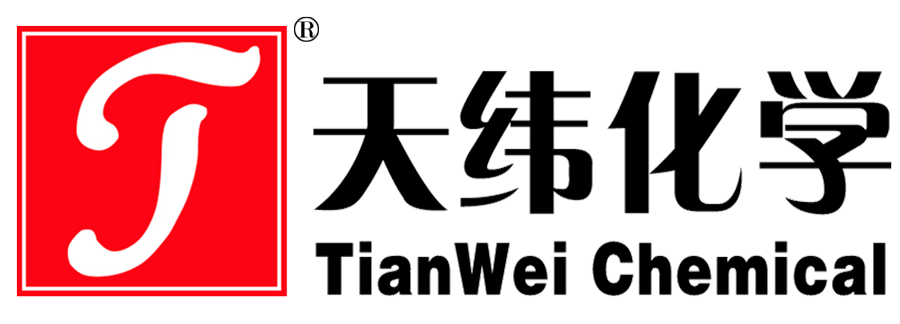-
Introduction to the performance characteristics of fungicides and preservatives
Antibacterial and antiseptic is a new type of environment-friendly broad-spectrum antiseptic, especially suitable for high temperature environment and alkaline system. It is 1-2 benzisothiazolin-3-one (BIT). It is a new generation of important environmentally friendly industrial fungicides and preservatives.
11-03-2022 -
Sterilization, disinfection, antibacterial, antibacterial, unclear?
What is sterilization (sterilazation, sterilant)? Refers to the process of using strong physical and chemical factors to kill or remove all pathogenic and non-pathogenic microorganisms in the external environment, including bacterial spores and fungal spores. It is an absolute concept. The effect is expressed by the sterilization rate, generally ≥99.9999%.
23-08-2021 -
What is the difference between antifungal agent and antibacterial agent?
The antifungal agent has a strong inhibitory and killing effect on bacteria, fungi and algae. It is mainly suitable for daily use of antiseptic and mildew, such as cosmetics, detergents, gels, creams, liquid soaps and wet tissues. Anti-mold, usually refers to the dry film state of paint and other products, that is, the film, in order to prevent the growth of mold, an anti-mold effect is required. The anti-mold agent is in the dry film state, mainly targeting mold, killing and inhibiting the growth of mold An additive.
15-06-2021 -
Plastic antibacterial and antifungal agent (3Q-501 plastic preservatives )
3Q-501 is a safe, high-efficiency, broad-spectrum antibacterial and anti-fungal agent. It has a white powder and is suitable for antibacterial and anti-mildew of plastics, rubber, leather, silica gel, etc. It is also suitable for EVA foaming process.
25-03-2021 -
Classification of textile antibacterial performance test methods
The test of antibacterial properties of textiles is divided into quantitative test methods and qualitative test methods, and quantitative test methods are the most important.
05-02-2021 -
Application of textile antiseptic and antifungal agent in textiles
Cloths and textiles are prone to mildew, mild weather, frequent rains and humid air seasons. It is most suitable for the propagation and growth of various bacteria, and the clothing is easy to mold. The surface structure of the cloth is loose, and it is easy to inhale the moisture in the air. The paint is a cotton material with strong moisture absorption capacity. It just happens that cellulose is what molds like to eat, so it is easier to grow mold. For this situation, the anti-mold agent is right The mold on the clothes has super resistance ability.
08-01-2021 -
Plastic antifungal agents must be resistant to high temperatures
Recently, customers have inquired about plastic mold inhibitors. Customers need to use 4 kinds of plastic materials, PC (injection molding temperature 270-280°), ABS (injection molding temperature 200-210°), TPE (injection molding temperature 170-180). °), PVC (170-180 °).
27-11-2020 -
Antibacterial Standards (by product category) 2016 Edition Antibacterial Material
ASTM E2149-2013a Determination of antibacterial behavior of steady-state antibacterial agents under dynamic contact conditions
22-10-2020 -
Microbial degradation of water-based pigments
Waterborne pigments are very sensitive to microbial attack. In general, all organic pigments can be used by a variety of bacteria to become a source of carbon and nitrogen for bacteria. In all pigment tests, yellow pigments are most susceptible to microbial degradation due to organic components.
15-07-2020 -
What is bacteria? What is the morphology of the bacteria?
Bacteria are a class of prokaryotic microorganisms. They are a kind of prokaryotic organism with short shape, simple structure and multi-divisional reproduction. It is the most widely distributed organism in the natural world and the main body of natural material circulation. By Bacterial reproduction
09-07-2020




